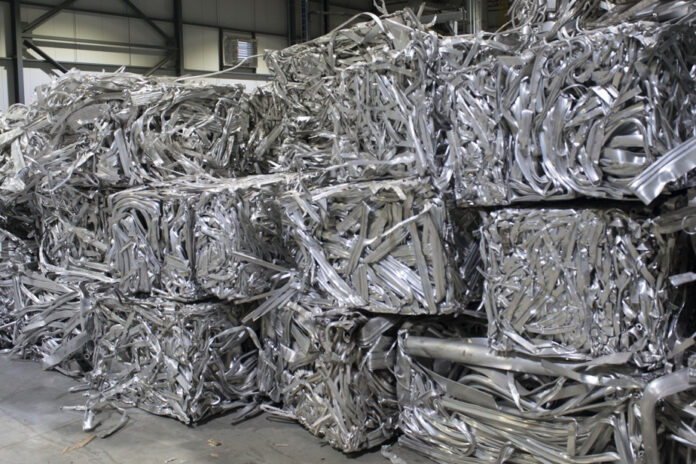Durable and infinitely recyclable, the aluminum produced in Quebec is also the greenest in the world thanks to hydroelectricity. The metal is found in several areas, from the food industry to mobility. However, there is still a way to go before it truly becomes part of a circular economy.
The president and director of AluQuébec, the aluminum cluster, admits it straight away: in Quebec, we cannot yet say mission accomplished in terms of the circular economy. “There is always work to raise awareness and improve. The harsh reality is that for the moment, almost all post-consumer aluminum is recycled outside the province,” says François Racine.
Despite this bleak picture, the industry is not sitting idly by. “Aluminium cans and deposits are a great example of success. The recycling rate for cans is around 70% in Quebec, compared to 45% in the United States. »
With the aim of promoting reuse, AluQuébec set up the Valorization and recycling project in 2020.
Construction waste, which includes window frames or exterior cladding, and consumer products such as cans and aerosol cans are among the targeted niches. This is less obvious for infrastructure, which can last up to 100 years.
AluQuébec obviously welcomes the construction of a reprocessing center to locally recycle post-consumer waste, announced last year by Rio Tinto. François Racine is also delighted that other companies are working on similar projects.
“It demonstrates a change in mentality. Recycling is becoming attractive for large companies with the objectives of decarbonization and reduction of the environmental footprint. But for the overhaul to take place in Quebec, the critical mass must be increased to justify the investment. Otherwise, it’s heading to Asia. »
According to the Aluminum Association of Canada, global demand is expected to increase by 80% by 2050. As much aluminum will need to be produced in the next decade as in the last 100 years.
For Alu MC3, an SME specializing in the manufacturing of aluminum structures intended for lighting, signaling and other infrastructure uses, Quebec would have every advantage in doing “as much transformation as possible”.
“As a manufacturer, it’s heartbreaking to have to buy aluminum processed there from the United States, but which comes from Quebec,” laments the president of the board of directors, Benoit Montgrain.
The latter adds that electricity represents a significant part of the cost of aluminum. “China has quickly become the largest producer in the world thanks to coal-fired power plants, which destroy the environment in addition to the greenhouse gases generated. »
Despite this reality, local businesses are working to change things. This is particularly the case for Ferreol, a small company with only six employees in the Quebec region. The three co-founders, who met during their undergraduate studies in mechanical engineering at Laval University, design Quebec skis. Their know-how is also part of a circular economy loop.
A year and a half ago, Ferreol started a research project at the University of Sherbrooke, in collaboration with Rio Tinto and the Quebec Aluminum Research and Development Center (CQRDA). “It aims to develop skis that are recyclable at the end of their life. To achieve this, we must rethink the way skis are designed by using aluminum without compromising performance, durability and the eco-responsible aspect,” explains Jonathan Audet.
The team is now making the first prototypes. “We can’t wait for the snow to test them,” he says. The company hopes to reduce the carbon footprint of the sport and establish itself as a pioneer in sustainable skiing.
The young company has also developed a new alloy composed of aluminum and scandium – coming from the revaluation of mining residues from Rio Tinto in Sorel-Tracy – called Scalium. The patent application was filed in spring 2023. “It worked so well that it required the creation of a new company, Ferreol Technologies, to market this alloy to other ski manufacturers. »
Jonathan Audet proudly notes that, according to several industry players, it is one of the most resistant materials, in all areas combined. “It opens the door to several opportunities and applications. Our positive impact on the environment could increase tenfold. »















